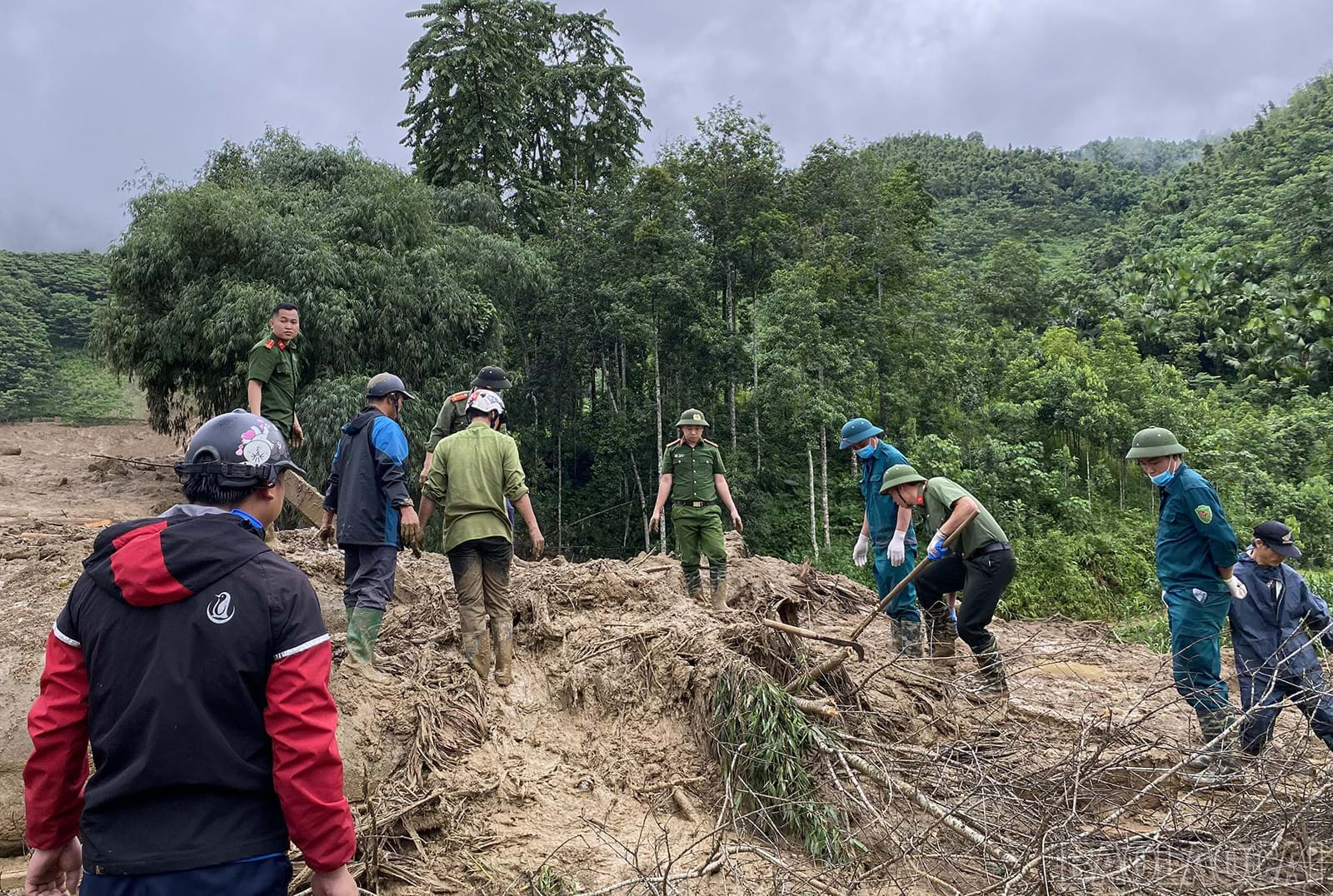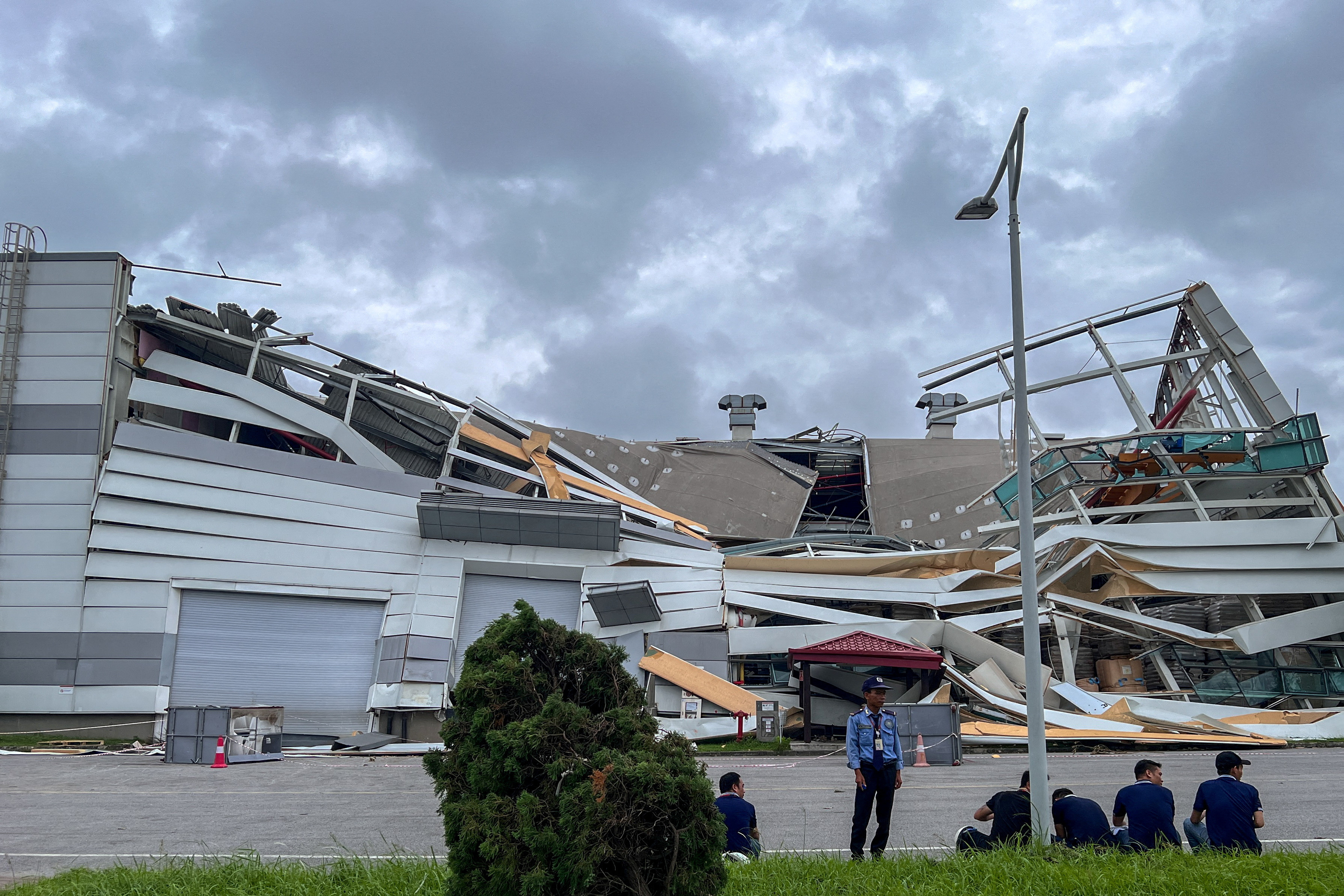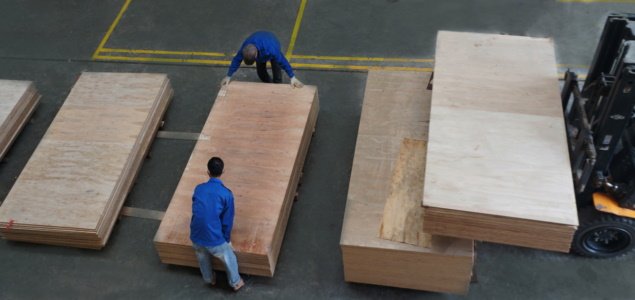Typhoon Yagi has brought devastating consequences to Vietnam Vietnam’s Wood, particularly affecting the country’s wood materials supply. The wood industry, vital for Vietnam’s economy, has experienced significant disruptions in production, transportation, and exports. As one of the worst natural disasters in recent years, the storm has left a lasting negative impact on the forestry sector.
This article explores the extent of the damage caused by Typhoon Yagi and how it has affected Vietnam’s wood supply chain.
1. Devastation to Vietnam’s Forestry Sector
Vietnam’s wood industry relies heavily on both natural and planted forests for raw materials. Typhoon Yagi’s impact has been catastrophic, with vast forest areas destroyed. Over 74,000 hectares of forest in Quang Ninh province alone have been damaged. Forests aged between 1 and 5 years were completely destroyed, leaving local residents without any investment recovery.
In contrast, for forests over 5 years old, about 40% of the investment might be salvageable, but the destruction has still been enormous. The storm not only damaged large swaths of timber-producing areas but also destroyed key infrastructure needed for replanting and recovery efforts.
2. Severe Damage to Raw Wood Materials
The wood materials supply has been severely affected, as Typhoon Yagi wiped out entire forestry areas and compromised the quality of available raw materials. Wood that was damaged during the storm is now of significantly lower quality, leading to decreased demand from purchasing facilities. Many wood production facilities, themselves impacted by the typhoon, have ceased operations or are offering low prices for the damaged timber.
This creates a challenging scenario for forest growers who are now unable to sell their product at a reasonable price. For a large number of forestry-dependent households, the financial losses are profound, with many facing the loss of years of investment and labor.
3. Disruption of Transportation and Logistics
Another critical issue caused by Typhoon Yagi is the disruption of transportation and logistics networks. Vietnam’s roadways, essential for moving wood materials from rural forestry areas to production hubs, have been damaged or rendered unusable due to extensive flooding. Seaports, critical for exporting wood products, have also been impacted by the storm, with delays in shipping and exports affecting international deliveries.
This logistical disruption has severely impacted Vietnam’s ability to meet export deadlines, damaging its reputation with international trade partners and potentially leading to contract breaches.
4. Economic Impact on the Wood Industry
The economic consequences of Typhoon Yagi on Vietnam’s wood industry are substantial. Vietnam is a major global exporter of wood products, with the industry contributing significantly to the country’s GDP. However, with production halted, materials in short supply, and transportation routes blocked, the economic losses are enormous. Delays in fulfilling export orders could lead to significant financial penalties, further worsening the situation.
Additionally, the storm has crippled wood processing factories that depend on steady supplies of raw materials. Many of these factories are either closed or operating at reduced capacity due to lack of supply, leading to widespread job losses and economic hardships for workers in the sector.
5. Long-Term Recovery Challenges
The aftermath of Typhoon Yagi will pose long-term recovery challenges for Vietnam’s wood materials supply chain. Replanting forests and restoring the wood supply will take years, especially in areas where the damage is most severe. Forest growers will need government support, investment in recovery efforts, and assistance from international partners to rebuild.
Furthermore, the wood industry will have to implement disaster-resilient strategies to ensure future stability. This includes better forest management, investment in more robust infrastructure, and improved early-warning systems to minimize damage from future natural disasters.
Conclusion: Navigating the Future of Vietnam’s Wood Industry
The destruction caused by Typhoon Yagi has shaken Vietnam’s wood materials supply chain to its core. With extensive damage to forests, raw materials, and logistics networks, the road to recovery will be long and arduous. Vietnam’s wood industry must focus on rebuilding, resilience, and creating strategies to safeguard against future environmental disasters.
While the damage is substantial, there is hope that with coordinated recovery efforts, Vietnam’s wood industry will bounce back stronger and more resilient in the face of future challenges.
You can read more articles by visiting our blog here.









